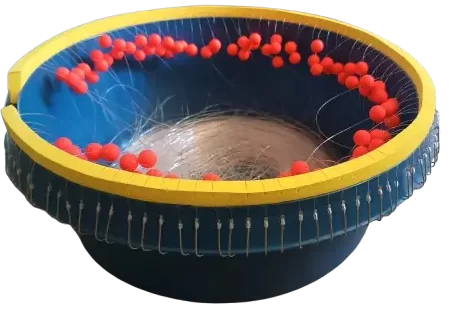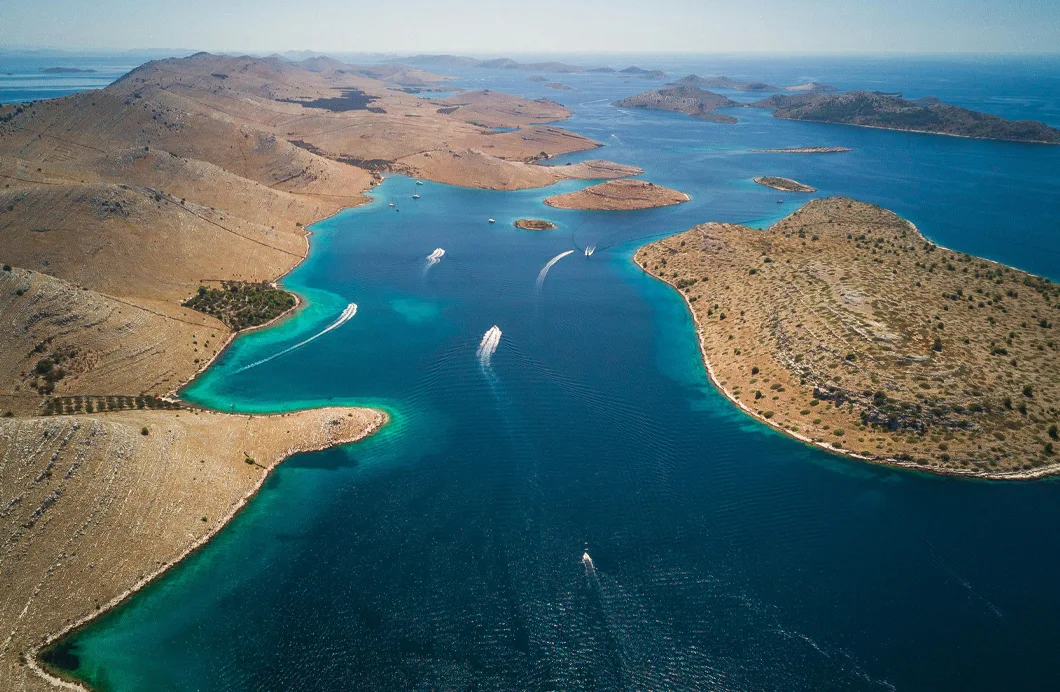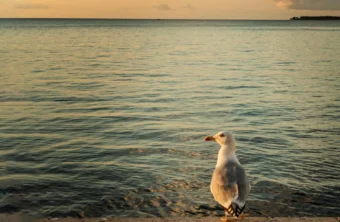Mar
Rope vs. Nylon Hake Longline – Which Suits You Better?
Fishing for hake (Umbrina cirrosa) requires specialized equipment, and mullet longlines are the most popular solution for successful fishing. To maximize your catches, it is crucial to understand the differences between the two main types – rope and nylon hake longlines. In this detailed guide, we analyze all aspects: from material selection and setting techniques to their advantages and disadvantages in fishing for these valuable marine fish.
Why is Material Selection Crucial?
1. Rope Longline – Tradition and Durability
Advantages:
Greater durability – more resistant to wear and tear on rocky bottom
Better stability in strong currents – less "floating"
Natural color – less noticeable in deep seas
Long lifespan – with proper maintenance, it does not deteriorate from salt and sun like nylon
Disadvantages:
❌ Harder to handle – requires more physical effort when lifting ❌ Intolerance to mold – Requires regular drying after use ❌ Water absorption – Rope absorbs up to 40% of its weight in the sea, making it significantly heavier during fishing ❌ Difficult to monitor damage – Damage inside the rope is more difficult to notice than with nylon
❌ Higher price – quality rope is more expensive than nylon
When to use it?
- Depths over 50 m
- Rocky terrain with sharp rocks
- Long-term fishing (e.g. night fishing)
Expert tip: "For depths above 70 m, a rope is indispensable due to its weight and stability."

2. Nylon Longline – Laganost i Preciznost
Advantages:
Easier to handle – faster installation and removal
Less noticeable – transparent nylon scares the fish less, it is more difficult to see
More favorable price – more accessible for beginners
Speed of response – Nylon has less friction in the sea, allowing faster transmission of fish strikes to signals
Disadvantages:
❌ Less durable - sharp rocks damage it faster ❌ Bending memory – After prolonged bending, it loses its original shape ❌ Static electricity – Attracts small particles and algae
❌ Sensitive to UV rays – deteriorates faster in the sun
❌ Loses firmness in salt water after prolonged use
When to use it?
- Shallow sea (up to 50 m)
- Sandy bottoms without sharp rocks
- Quick fishing (short setup)
Professional tip: "If you use nylon, change the base every 2 seasons."

3. Comparative Analysis of Parameters
| Parameter | Rope Parangal | Nylon Longline |
|---|---|---|
| Weight change in the sea | +35-40% | +5-8% |
| Sensitivity to chemicals | Short | Tall |
| Resistance to microorganisms | Medium | Tall |
| The need for maintenance | Tall | Medium |
| Temperature range | -10°C do +60°C | -5°C do +50°C |
4. Comparison of Key Features
| Characteristics | Longline with rope | Nylon Longline |
|---|---|---|
| Durability | 8/10 | 5/10 |
| Visibility in the sea | Medium | Short |
| Price | High | Short |
| Weight | Weight | Easier |
| Flexibility | Short | Tall |
| Optimal depth | 50-120 m | 20-50 m |
5. Practical Tips for Selection
Although both materials have significant disadvantages, the key is in conscious use. Note that rope requires more time and attention while nylon requires more frequent replacement and more precise use. Therefore, it is not a bad idea to listen to the wise sayings of experienced anglers and their golden rule: “Line for professionals who fish 20+ days a year, nylon for weekend fishermen.”
Who is rope better for?
- Experienced fishermen who fish at great depths
- Those who like traditional methods
- Fishing in rocky areas
Who is nylon better for?
- Beginners who are just learning the techniques
- Fishing in shallow seas
- Quick sessions (a few hours)
Recommendation of experienced fishermen: “Have both types – line for deep, nylon for fast actions.”
6. The most common selection mistakes
- Using thinner nylon on rocky bottom – it breaks quickly
- Too heavy shallow water rope longline – makes control difficult
- Neglecting maintenance – salt and sun destroy both materials
Conclusion: What to Choose?
If you are looking for durability for deep and heavy conditions, rope is a better choice. If you need a light, cheap and fast line for shallow seas, nylon will do better. You can read more about this topic at link. You can find a large selection of fishing accessories at reasonable prices in our web store or at all better equipped fishing stores!
The best solution? Combine both – have two lines for different situations!


